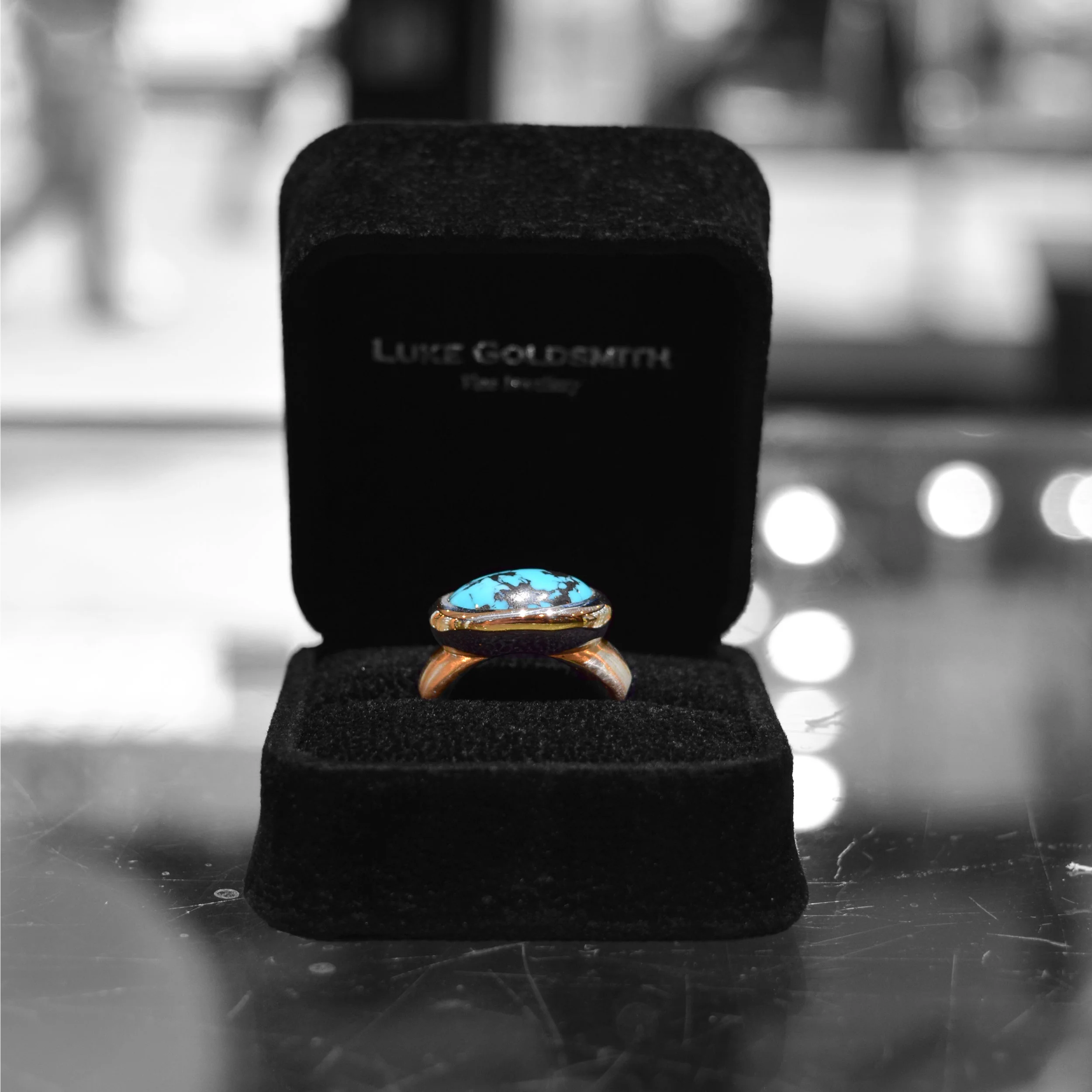Turquoise
For over 3,000 years the ancient Persians exported turquoise to the world. It was one of the first gemstones to be mined and has long been prized for its intense colour varying from sky-blue to green depending on the quantities of iron and copper within it. Nowadays, the demand for this stone is so high that it’s not only mined worldwide, it’s also imitated and reproduced.
Turquoise is commonly found in micro-crystalline form, in veins or as nodules. The material is light, very fragile and often porous, leading to fading and cracking. In order to treat this some material might be impregnated with wax or resin to aid maintaining its appearance.
Historically, turquoise has been thought to warn the wearer of danger or illness by changing colour, or even thought as a lucky stone protecting the wearer from evil and as a cure for ailments. A great deal of antique turquoise jewellery, including amulets, have been found intact in excavations.
Sources:
Judith Crowe, The Jeweller's Directory of Gemstones (London: A&C Black, 2006)
Cally Hall, Gemstones (London: Dorling Kindersley, 1994)
Jaroslaw Bauer and Vladimir Bouska, A Guide in Colour to Precious & Semiprecious Stones (London: Octopus Books, 1983)
